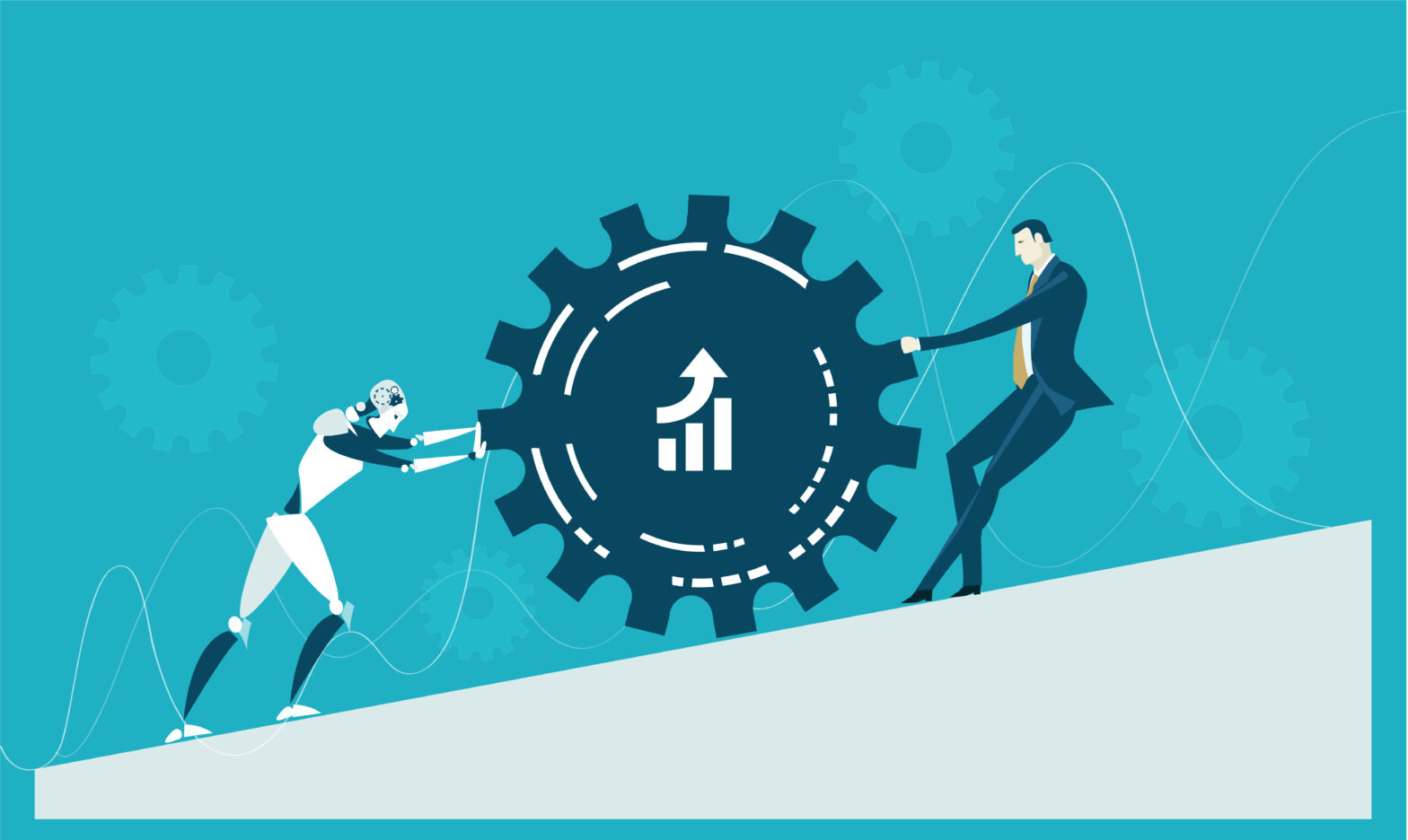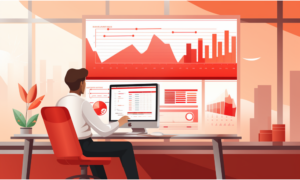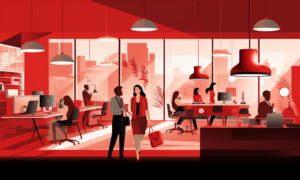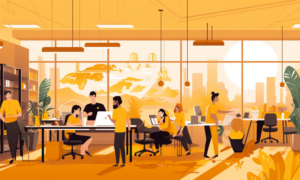From Nikeification to Zoomification – what will the future of work look like?
- 4 Min Read
The devastating effects of 2020’s pandemic are self-explanatory. However, the long-term result could bear numerous positives for the future of work. HRD Thought Leader Kevin Empey explores this topic, outlining what the next phase could look like once COVID-19 subsides.
- Author: Kevin Empey
- Date published: Jun 30, 2020
- Categories

From Paul Valéry to Robert Graves, the phrase “The future is not quite what it used to be” has been quoted by numerous writers over the past 100 years. But today, as we ponder the changing complexion of the future of work, this phrase bears a new resonance.
Incidentally, “future of work” is another term that seems to hold particular significance within business at present. I have never been a huge fan of this term – it has no literal meaning and is simply a label of convenience that covers myriad topics, from robotics to workplace demographics.
But, it has at least served as a universal expression to signal and highlight the profound changes we are experiencing in the world of work at present. Such change is being driven by forces ranging from exponential digitization to globalization, societal change, and shifts in consumer behavior.
Observers of the evolving world of work often point to times in history when a significant change in the underlying economic and technological landscape has triggered far-reaching changes to how we work and live. We are told, for example, that technology advancement in the last 20 years alone has moved us into the Fourth Industrial Revolution, which is of course a game-changer in terms of how (and by who/what) work will get done in the future.
But sometimes, we need more tangible or identifiable reference points to mark these changes.
It is often said that the Third Industrial Revolution brought about by advances in computer technology during the last quarter of the 20th century, should be referred to as “Nikeification” of work. The ‘organization’ was no longer a single entity where work could be done by a global ecosystem of partners and suppliers connected by technology and global interconnectivity.
The more recent “Uberization” phase of work signaled an advancement of that idea, with the ‘free agent’, contingent, or gig economy worker re-emerging from history as part of that distributed work model. There are risks as well as benefits to both of these advancements in what has become perhaps a more precarious and fragmented world of work.
Is COVID signalling the next phase in the world of work?
The COVID-19 outbreak has primed our concern even more about how fragile the nature of employment has become in a service-dominated, interconnected, and rapidly changing economy. And it has certainly accelerated our thinking and practices regarding new, remote and innovative ways of working.
These trends were already well underway as part of the ongoing ‘future of work’ debate, but COVID-19 has dramatically catapulted these practices into the mainstream, asking questions on how, where and by whom work can get done in the future.
In keeping with the somewhat questionable trend of using the names of multinational corporations to identify shifts in the world of work, perhaps it could be said that the “Zoomification” of work has truly now arrived as a ‘normal’, mainstream way of doing business and is no longer restricted to the particular sectors and work cultures where it had already existed for many years.
It is now an open question as to what the Zoomification of work will mean for employers and workers as we shape the post COVID-19 world of work. In similar spirit to its Nike and Uber counterparts, the Zoomification of work will bring many advances and upsides, but also risks and dangers to be considered.
However, on the bright side, perhaps this will signal a more human and authentic world of work. One where there is a more mature employment relationship built on principles of genuine partnership, empathy, trust, and servant leadership. Where technology serves us as a toolkit for flexible working lives and a final challenge to some of the more inflexible work practices of the 20th century.
In a nutshell, the next human phase of work may not just be about technology and economic efficiency, which perhaps typified earlier cycles.
One challenge in particular will be how we steer through the immediate aftermath of COVID-19, and how we decide to shape this more informed, positive vision of work and leadership being presented to us with the need for social connectivity, efficiency, productivity and innovation.
But surely, from all that we have learned about work and disruption in the last 15 years alone, we can find a way to solve for these issues to ensure that this next phase of work will be a productive and fulfilling one for employers, leaders and workers alike.
The future may not be quite what it used to be, but it is still what we choose to make it.









